Sunday June 4 at 2:54 p.m., Halley Cotton pulled her yellow and red kayak out of the Alabama River at Old Cahawba Archaeological Park. This moment was the culmination of an 11-day trip that took her 180 miles down the Cahaba River.
Cotton is a naturalist, a teacher of creative writing at UAB and is a writer of what she calls “nature poetry.” She said she applied for a grant from the Alabama State Council on the Arts to kayak the Cahaba River as “a fun little adventure for myself. And wouldn’t you know, they actually gave me the money.”
Cotton partnered with the Cahaba River Society to plan the trip. There are some dams, but the Cahaba River has over 130 miles of free-flowing water, the longest in Alabama. It is also considered one of the most ecologically diverse rivers in the nation. The Cahaba Lilly grows on a stretch of the Cahaba River and nowhere else.
Cotton launched in her kayak May 25 at 6:47 a.m. from the Grants Mill access in Irondale.
Although Cotton was alone on the river in her kayak, a team was keeping up with her, ready to spring into action in the event of an emergency. People were also following her progress on the map and keeping up with her blog at www.thecahabaproject.substack.com.
“I had a couple of folks meet up with me along the way,” Cotton said. Her friend and fellow author Randy Pink went off road to bring her a cheeseburger from JJ’s Gas Station in Bessemer to the middle of the Talladega National Forrest.
Other friends helped restock her food supplies. She said one friend, Adam Williams, helped her with supplies to allow her to filter river water for drinking. She ate mostly freeze-dried meals, which she described as “some of the most soul-sucking food I’ve ever had in my whole life. It was a blessing to be handed a couple of fruit bars or some apples and oranges.”
Cotton said she traveled mostly in daylight. She usually launched sometime between 6:30 a.m. to 8 a.m. after breaking camp and packing up. Since she was on no hard schedule, she could take her time breaking camp. Cotton said she had no idea where she was camping each night, so around 4 p.m. she would start looking for a camp site.
There were two nights she did know where her camp was to be. The first night she camped in a friend’s backyard. “And on the fourth night I stayed at the Living River Retreat, which is run by the Presbyterians, down past Shelby County. And that is an absolutely wonderful organization and wonderful people. They let me camp out on their shores.” Otherwise she had to scout a site to camp. “It was like, alright river. I have to lay my head down somewhere.” She said she needed a place where there would be no dangerous wildlife, “and the river delivered.”
The weather was great during her trip. Cotton said there was only a slight sprinkle when she went through the Cahaba Lilly Park in Shelby County. Otherwise, it was sunny but not too hot. Some days were overcast, keeping her cool and comfortable.
One day she just rested on an island in the river. “That was one of the best days of the trip,” she said. “Just me on a tiny little island in the middle of nowhere. Just me myself with a bunch of frogs and a bunch of herons.” She said she saw bobcat tracks in her camp that day, although she did not see the cat. But wildlife was abundant on the trip. “I saw bald eagles and golden eagles. I saw turtles nesting. I saw gators, tiny gators and big gators,” she said. “I saw deer, so many deer and wild hogs.”
Cotton said the plant life was amazing too. Sycamore trees are still her favorite, but willow trees are a close second after this trip. “When you get to the coastal plain, you get the Carolina Willow or the Postal Plane Willow,” she said. They were in bloom when she was passing through, and “the smell was heavenly.”
For anyone wanting to kayak the Cahaba, Cotton said there are two distinct regions of the river. The upper Cahaba is rocky and has some rapids to traverse. “It is very rocky. It’s also very temperamental to water flow,” Cotton said. “So, when you get into the summer months, it gets low.”
Then there is the lower Cahaba. “Once you get to the lower Cahaba, it’s just wide, flat water that takes you gracefully around here and there. Especially the stretch near Selma,” she said. Cotton recommends using the Cahaba Blueway Map to learn the river. It can be found at www.cahabablueway.org/blueway-map. She also said to start with some of the calmer stretches, then work up to the more challenging areas.
Cotton has a weeklong writing residency at the end of June at Auburn, where she will write poetry inspired by the project.
She said she wants to bring people to the river, to help them realize the importance of taking care of the Cahaba. She notes that some 60% of central Alabamians get their drinking water from the Cahaba.
Cotton said a photo journalistic and poetry publication about the experience will be released soon. She said so many people are asking for a book on the trip that she may write a book. But right now, the blog has the most information about the trip. www.thecahabaproject.substack.com.
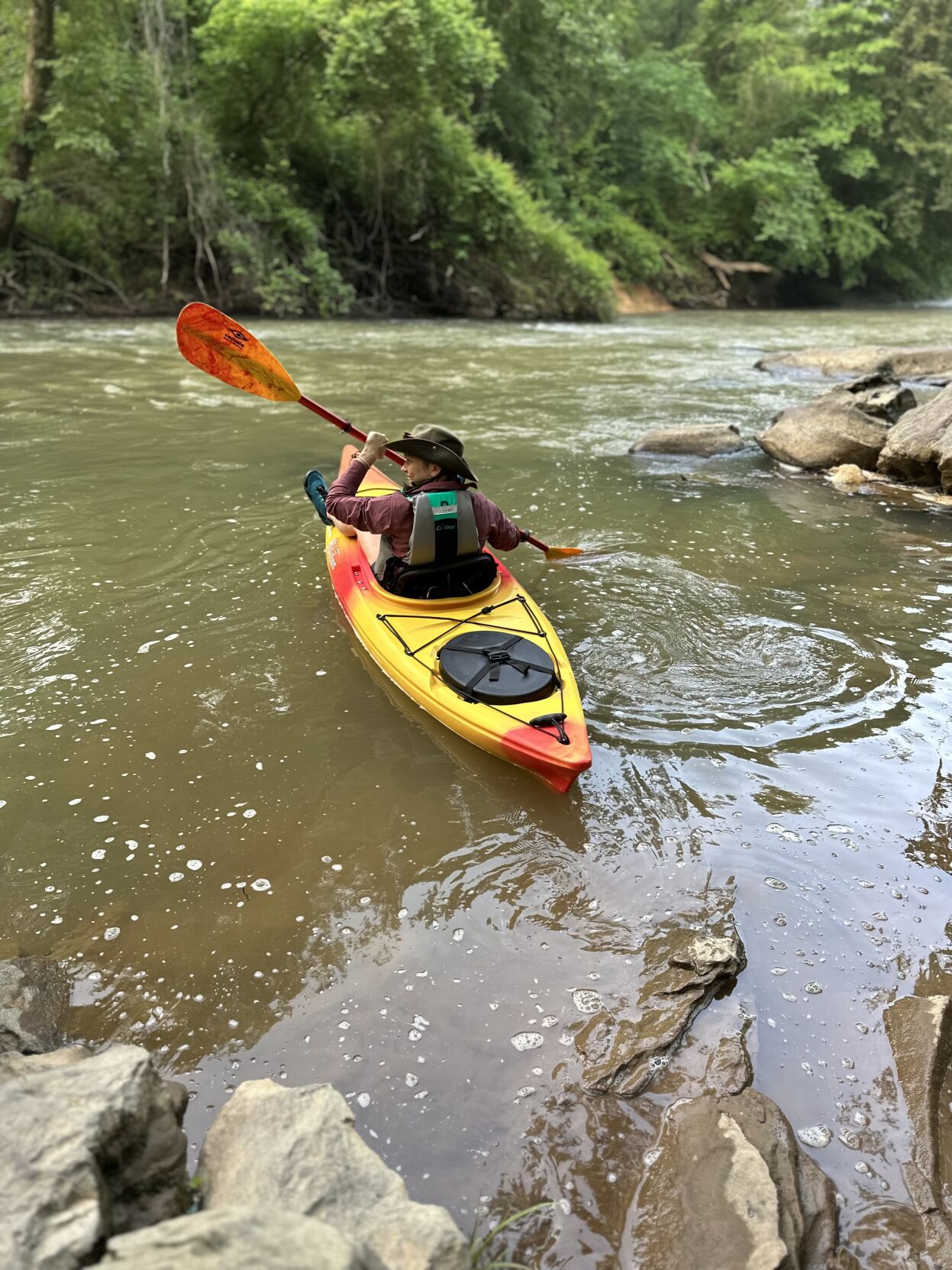
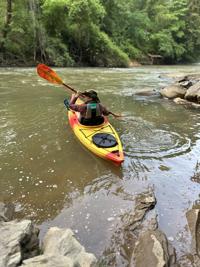
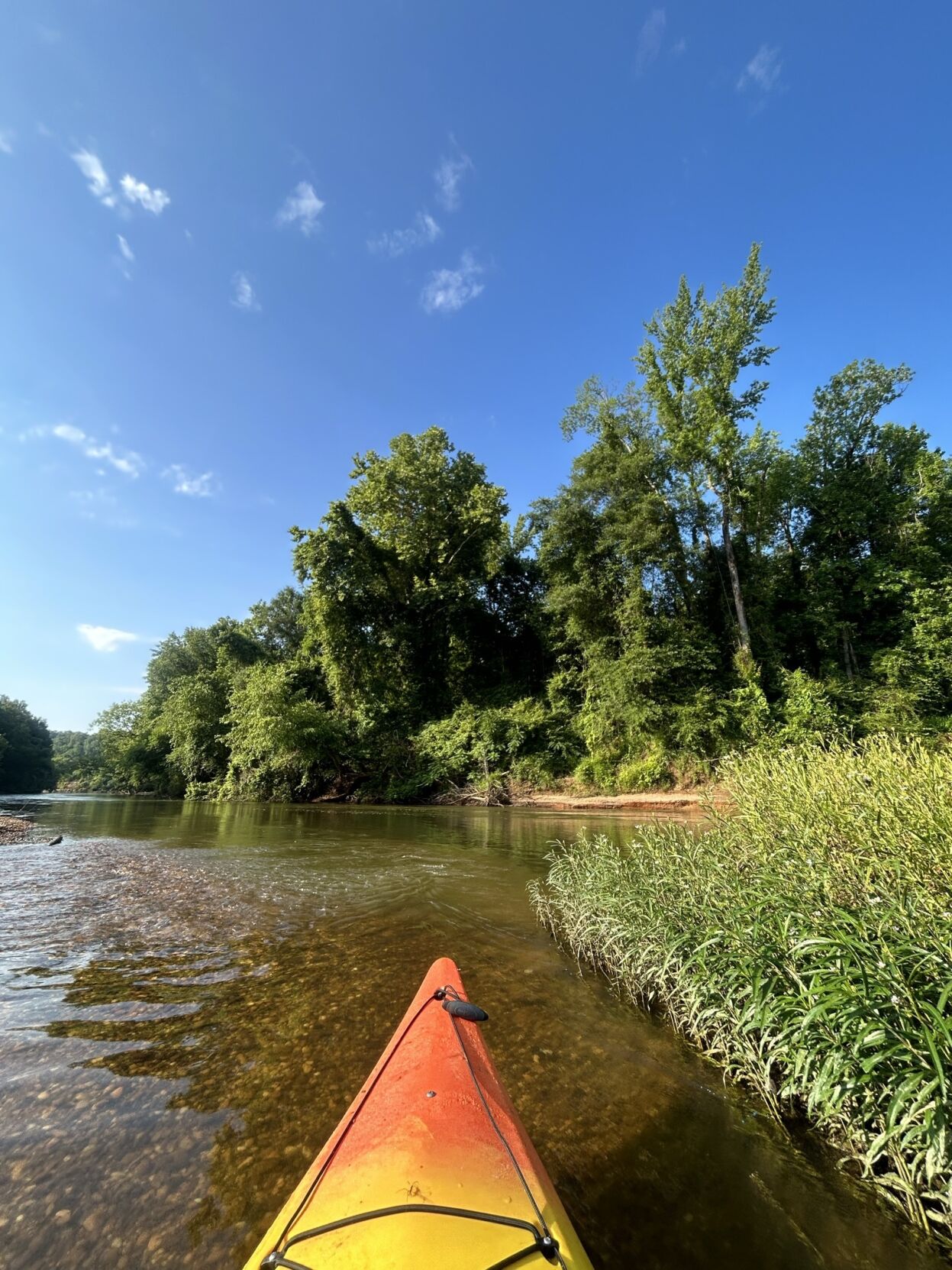
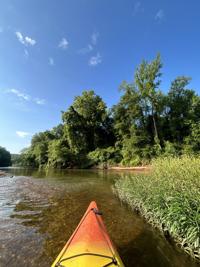

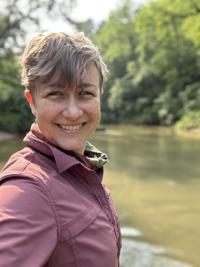

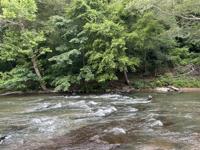













(0) comments
Welcome to the discussion.
Log In
Keep it Clean. Please avoid obscene, vulgar, lewd, racist or sexually-oriented language.
PLEASE TURN OFF YOUR CAPS LOCK.
Don't Threaten. Threats of harming another person will not be tolerated.
Be Truthful. Don't knowingly lie about anyone or anything.
Be Nice. No racism, sexism or any sort of -ism that is degrading to another person.
Be Proactive. Use the 'Report' link on each comment to let us know of abusive posts.
Share with Us. We'd love to hear eyewitness accounts, the history behind an article.